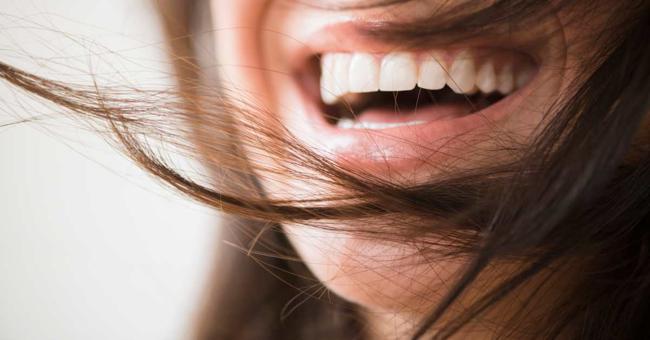Summary
A new study, published on May 21 in the journal Nature, has revealed surprising information about the origins of human teeth.
Source: Men's Journal

AI News Q&A (Free Content)
Q1: What is the significance of the 2024 Nature study linking human teeth evolution to the body armor of extinct species?
A1: The 2024 Nature study revealed that human teeth likely evolved from the bony armor plates found in extinct jawless fishes, known as ostracoderms. This finding clarifies a longstanding evolutionary puzzle by showing that the genetic and developmental pathways that formed these protective body plates were repurposed over millions of years to create the teeth of modern vertebrates, including humans. Such insights shed light on the deep evolutionary roots of human dental structures.
Q2: How do modern scientific techniques contribute to our understanding of human teeth evolution?
A2: Modern scientific techniques such as comparative genomics, advanced imaging, and fossil analysis allow researchers to trace the genetic and developmental lineage of teeth. By analyzing both living species and fossilized remains, scientists can identify homologous structures and gene expressions that link ancient body armor to modern dental tissues. These techniques provide robust evidence supporting the evolutionary transition from armor to teeth.
Q3: What is the timeline and major evolutionary milestones in the development of human teeth?
A3: Teeth first appeared around 400 million years ago in early jawed vertebrates. The evolutionary trajectory began with the bony armor of jawless fishes, which gave rise to primitive tooth-like structures. As vertebrates evolved, these structures migrated into the mouth and specialized into true teeth. Modern humans, as part of the Homo genus, inherited these dental traits, with a distinct two-set (diphyodont) pattern emerging in mammals.
Q4: What are the primary functions of teeth in humans and other vertebrates, and how do they compare?
A4: Teeth serve to break down food, aid in prey capture or defense, and in some cases, intimidate or carry objects. While humans primarily use teeth for mastication, other vertebrates like sharks use them for continual replacement and predation, and rodents for gnawing. The diversity in function reflects adaptations to specific ecological niches, all tracing back to a shared ancestral structure.
Q5: What recent advancements have been made in dental imaging and analysis for fitness and oral health?
A5: A 2024 study introduced a weakly supervised learning approach for segmenting human teeth from 2D images, significantly improving dental diagnostics and treatment planning. By reducing the need for manual annotation, this method increases efficiency and accuracy in oral health assessments, which is crucial for monitoring the impact of fitness and dietary habits on dental health.
Q6: What is the relationship between human fitness and oral health, based on recent research?
A6: Recent scientific studies have established a strong link between physical fitness and oral health. Regular exercise is associated with lower levels of gum disease and improved dental outcomes, likely due to reduced systemic inflammation and better blood flow. Conversely, poor oral health can negatively impact physical performance and overall well-being, highlighting the importance of integrating dental care into fitness routines.
Q7: How does understanding the evolutionary origins of human teeth inspire modern health and fitness practices?
A7: Recognizing that human teeth evolved from structures designed for protection and function underscores the importance of maintaining dental health for overall fitness. Evolutionary insights encourage practices that mimic natural diets and promote oral hygiene, supporting robust teeth and reducing risks of modern dental diseases. This integration of evolutionary biology with health science motivates individuals to prioritize oral care as a key component of holistic fitness.
References:
- Human evolution - Wikipedia: https://en.wikipedia.org/wiki/Human_evolution
- Tooth - Wikipedia: https://en.wikipedia.org/wiki/Tooth
- Timeline of human evolution - Wikipedia: https://en.wikipedia.org/wiki/Timeline_of_human_evolution





